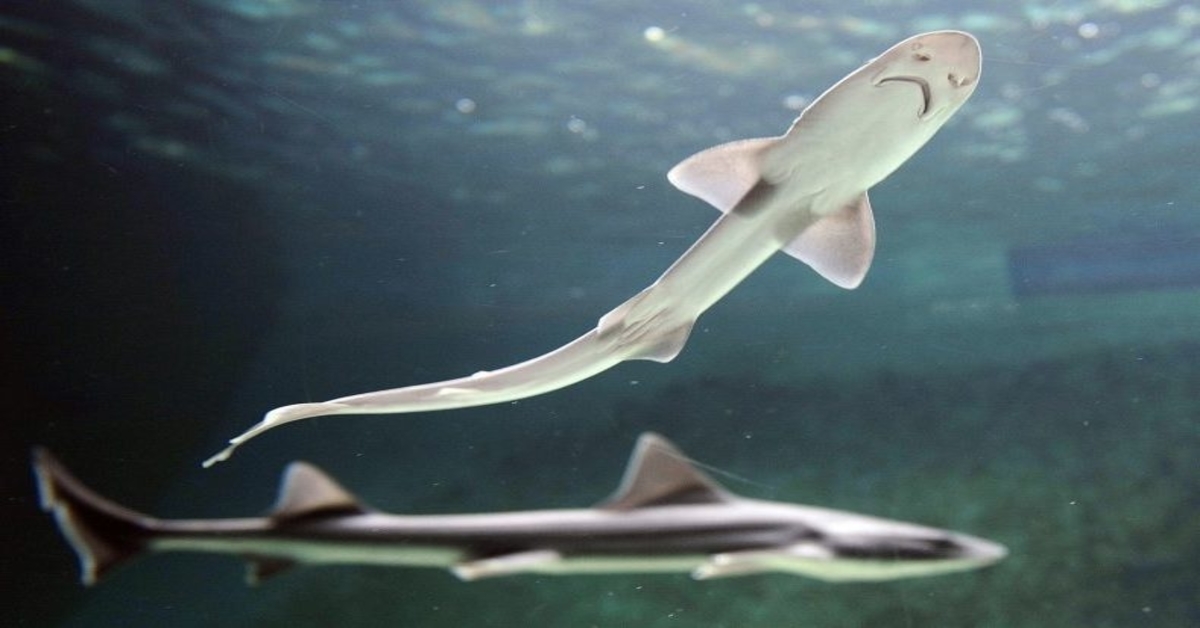As Dr Ian Malcolm, a mathematician on Jurassic Park, famously said: life finds a way.
And so life found its way in an all-female shark tank at the Cala Gonone Aquarium on the Italian island of Sardinia.
A female baby smooth-hound shark was recently born to a mother that has spent the past decade sharing the tank with one other female.
Scientists at the aquarium were de-fin-itely hooked by this fishy business. The birth could also be the first recorded asexual birth for the species. Watch Jaws Jr. enjoying its first swim here!
Like a virgin.
To procreate, most species (sharks included) require the fertilisation of an egg by a sperm. But for some, it does not take two to tango. Through a natural form of asexual reproduction called parthenogenesis, some animals can produce offspring all by themselves.
The term is a portmanteau of the Greek words parthénos, meaning ‘virgin’, and génesis, meaning ‘creation’.
This form of asexual reproduction has also been recorded in other shark species such as whitespotted bamboo sharks, blacktip sharks and bonnethead sharks. According to a study published by Australian biologists, zebra sharks are also capable of making the switch from sexual to parthenogenetic reproduction after being separated from their male mates.
Scientists believe this phenomenon occurs as a last resort for females that have an extremely hard time finding a mate. It typically happens to animals living in captivity, such as aquariums, where there are no other options available. In nature, parthenogenesis may happen as a result of human activity such as overfishing or anthropogenic climate change, where a large number of males have been wiped out.
But how are babies made through this process?
No men involved.
In sharks, asexual reproduction commences via a birth mechanism dubbed ‘automictic parthenogenesis’. It’s a form of self-fertilisation that somehow mimics sexual reproduction.
During the parthenogenetic process, the female shark develops one egg along with three other objects called polar bodies. A polar body that contains the same amount of genetic material as the egg can merge with the egg to produce offspring, while the rest of the polar bodies are simply reabsorbed by the female.
The ability to reproduce asexually allows sharks and other animals to pass on their genes even in challenging environments, allowing them to sustain their species.
However, there are downsides to this form of reproduction, such as the loss of genetic diversity that usually comes from mixing the DNA of two parents. Resulting shark pups may be less able to fight off infections or overcome other ordeals, greatly reducing their chances of survival.
But isn’t it jaw-some how nature and evolution work together to prevent the extinction of some species?




































